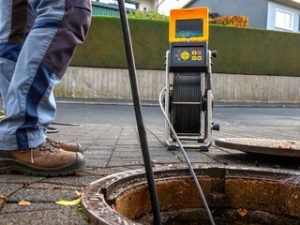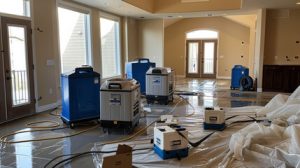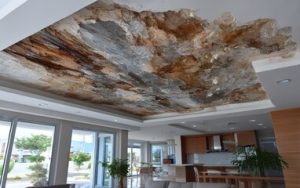If your vehicle is damaged in a collision, Juanito’s Auto Body repair services restore it to its original condition. This involves working with insurance, disassembling the vehicle, making repairs, and painting. It also includes a quality inspection to ensure that the vehicle meets your standards.
The first step in the process is a detailed assessment of the damage, including hidden structural issues. This will form the basis of your estimate and repair costs.

Inspection
One of the most important parts of an auto body repair job is the inspection. Experienced technicians carefully examine the vehicle for structural damage and dents. They will create a detailed damage report, and this will help guide the rest of the repair process.
Once the inspection is complete, your technician will order any replacement parts that are needed for the repairs. They will also dismantle the damaged area and inspect it for hidden or internal damage. This step is especially important if you have an insurance claim, as it will allow the insurer to see that all of the damages have been addressed.
After all of the replacement parts are in place, the repair work will begin. Experienced technicians will use a variety of techniques to restore the appearance and performance of your vehicle. They will remove dents and scratches, repair mechanical components, and paint or refinish your vehicle to look like new.
If you think that the quality of your vehicle’s repairs is not up to par, it is always a good idea to ask for a post-repair inspection. If a post-repair inspection proves that the original repairs were substandard, you may be able to receive compensation from your insurance company. A post-repair inspection can also be beneficial if you notice that your vehicle is not driving as it did before the collision.
Repair
Auto body repair isn’t just about repairing dents and painting; it also repairs internal components that allow your car to drive correctly. Your car’s frame is one of these internal systems, and an auto body shop will typically use a laser system to analyze the structural integrity of your vehicle after an accident. They’ll then replace any metalwork that needs to be replaced to guarantee your car has the appropriate maneuverability and safety on the road.
After a thorough inspection, your car will be dismantled to create a detailed blueprint of the necessary repairs. Then, a trained technician will restore your car’s frame using specialized equipment and computerized electronic measuring devices to ensure it is in alignment with factory standards. The process generally takes several days to complete.
After the frame is restored, your car will be reassembled with new parts. Auto body shops work with a variety of vendors to supply high-quality replacement parts at a reasonable price. They can also find salvaged parts, known as LKQ or like kind and quality, which are used in place of new, factory-issued parts. This saves time and money and is often the best option for vehicles with rare or specialty parts that are difficult to find. Before returning your car to you, the technician will conduct a walk-through with you to show you the completed repairs and ensure that you are satisfied.
Paint
After a comprehensive inspection, technicians will work on your vehicle’s framework to fix dents and other damage. They may use laser frame diagnostic systems to identify what’s needed, and they will repair the mechanical and structural integrity of the car so that it is safe for driving on the road.
Once the structural repairs are finished, technicians will shift their focus to the body. They will repair any scratches, dents, and other cosmetic damage to make your car look like it did before the accident occurred. This includes sanding, priming, and painting the car. Once the car is painted, a clear coat will be applied to protect it from the elements.
A reputable auto body shop will work with your insurance company to ensure that the repair costs are accurate and fair. They will also provide you with a detailed estimate before beginning any work. If additional damage is discovered during the repair process, they will notify you and your insurance company right away.
Auto body repair services can make your vehicle safer to drive and more attractive for resale or trade-in. They can also increase your vehicle’s value by restoring its appearance, performance, and functionality. It’s a great idea to choose a shop that is dedicated to customer satisfaction and offers a lifetime warranty on all its work.
Detailing
Auto body repair services help restore your vehicle after it’s been damaged in an accident. They offer a wide range of services from repairing dents to replacing parts, and can even perform frame straightening to bring your car back to its original condition. The expertise and experience of auto body technicians make the restoration process as seamless as possible.
The first step in the auto body repair process is to assess the damage to your vehicle. Technicians will carefully examine dents and dings to determine the extent of the damage, then create a detailed estimate. This ensures that the insurance company understands the scope of work involved and sets clear expectations for the repair process.
After the estimate is complete, technicians will begin to repair your vehicle. They will use a variety of tools and techniques to fix dents, straighten the frame, and replace broken parts. They will also paint your car to match its original appearance. This can take a few days to a week and may include sanding, priming, painting, and clear coating.
Once the repairs are finished, your technician will reassemble your vehicle and test it to ensure that everything functions as it should. Lastly, the shop will wash and detail your vehicle to give it a showroom finish. If you’ve been in a collision, it’s important to address the damage as soon as possible to ensure the safety of yourself and others on the road.



